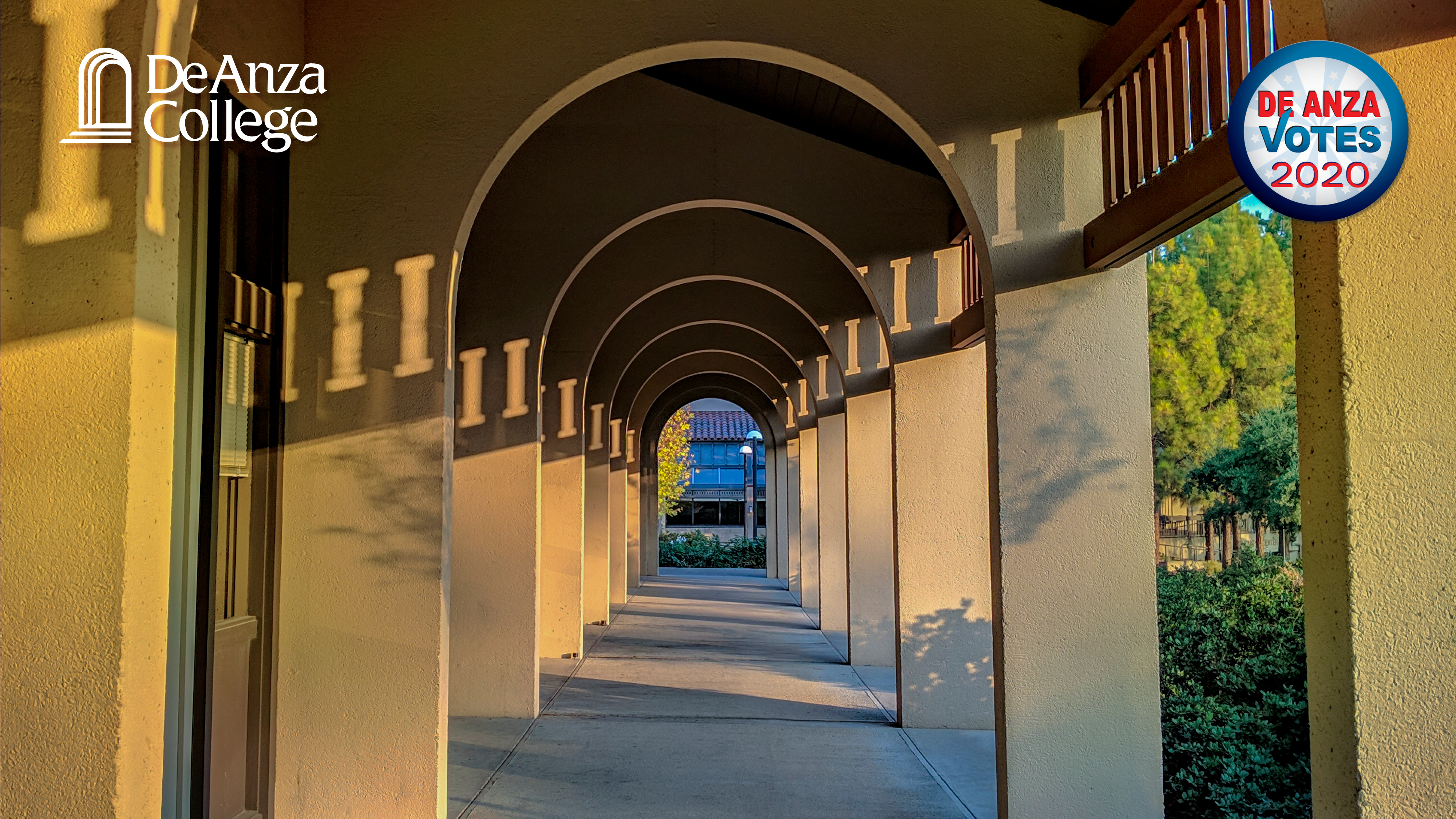

Zooming in on one of these images will show that they are made up of many small squares called pixels. And, over time, they can look for changes in the environment. They analyze the effects of flooding or drought, cloud formations, or even environmental disasters. They use these images to study types of vegetation and the health of that vegetation. Scientists analyze remotely sensed images and data to understand our Earth. These images are not only pleasing to look at they can also tell us valuable information. Sometimes these almost look like art from a museum. Geological Survey have created an amazing collection of satellite images, called Earth as Art. Images of outer space are fascinating, but I am most excited about images of Earth. Now, space telescopes, such as Hubble, provide scientists with hundreds of thousands of images for understanding our universe. In 1969, as I listened on my radio to the broadcast of the moon landing, I wondered what it would be like to walk on the moon and to look further out into space.

I have always been fascinated by space and space exploration. NASA creates the most amazing remotely-sensed images of space and the planets. I can look at my computer screen, and identify the differences between urban and natural areas and between fields and forests. Since I cannot fly all the time like birds do, I can use another tool - Google Earth - to get the same experience. I didn't realize it at the time but I was remotely sensing Earth! I could almost imagine how a bird must see the land when it's flying high in the sky. It was amazing to look down and try to identify things on the ground. I was about 12 years old and was lucky enough to get a window seat. I remember the first time I flew in an airplane.

I used these particular examples to show that there are different methods of receiving this data.

And, more than likely, all of these animals are analyzing the data they are receiving. These are all examples of remote sensing. Humans listen to cicadas' loud noises coming from the trees. A tiger uses its Jacobson's organ to smell a mate. A dolphin sends out sounds to locate a school of fish. A spider keeps its eight eyes fixed on a fly, watches its movements. Observing something without coming in contact with it is called remote sensing. Read all the blogs and find educational resources for all ages at: the Earth Science Week 2015 page. We hope that your understanding and use of NASA's visualizations will only increase as your appreciation grows for the beauty of the science they portray, and the communicative power they hold. It includes a quick start guide for educators and first-hand stories (blogs) for learners of all ages by NASA visualizers, scientists and educators. This gallery was created for Earth Science Week 2015 and beyond.


 0 kommentar(er)
0 kommentar(er)
